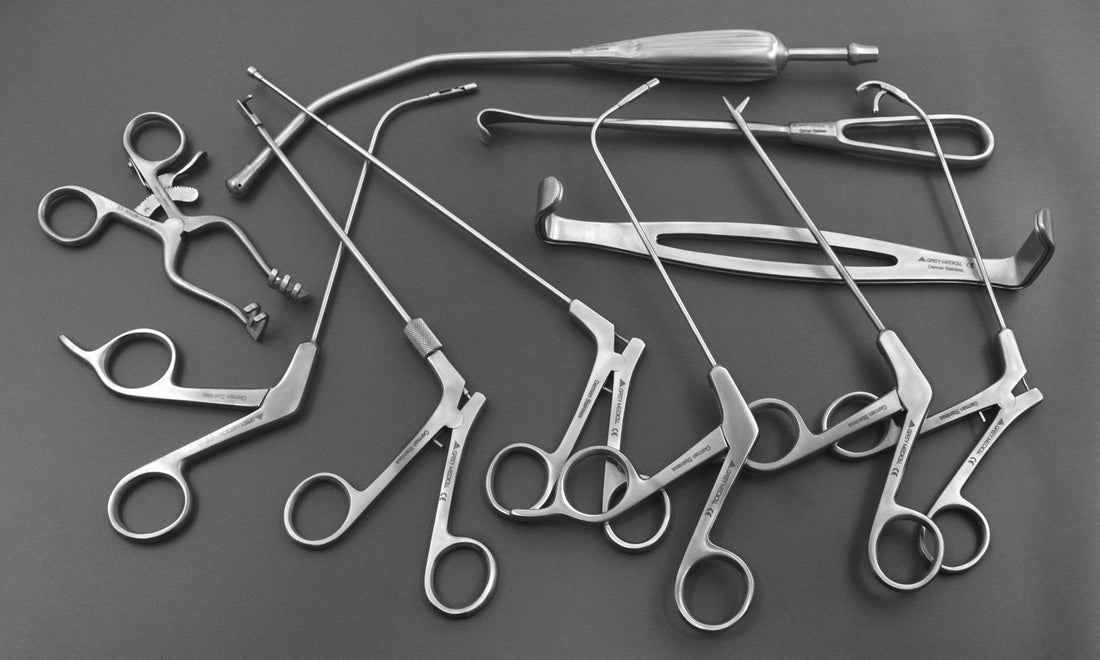
Minimally Invasive Surgical Instruments Market Set to Grow at a CAGR of 7% by 2030
Share

The global Minimally Invasive Surgical Instruments Market is expected to grow at a compound annual growth rate CAGR of 7% by 2030, according to a new research report by Next Move Strategy Consulting. This growth is attributed to the rising demand for safer, quicker, and less invasive surgical procedures across the healthcare industry.
Get Instant Access to a FREE Sample!
Minimally Invasive Surgery (MIS) involves the use of small tools and cameras to perform surgical procedures with minimal incisions, reducing risks, blood loss, and complications compared to conventional surgery. This approach is also associated with faster recovery times, making it increasingly popular among patients and healthcare providers. As the global population ages and the number of surgeries, particularly in areas such as orthopedics, cardiology, and urology, rises, the demand for minimally invasive surgical instruments continues to increase.
The growth of the minimally invasive surgical instruments market is primarily driven by the expanding geriatric population, which often requires surgeries like orthopedic, cardiac, and other critical interventions. However, the market faces challenges, such as a shortage of skilled surgeons and inadequate sterilization processes, which may impede market growth in some regions.
The market is classified into several key segments based on product types, including handheld instruments, electrosurgical instruments, guiding devices, and inflation systems. Among these, handheld instruments, which include forceps, spatulas, retractors, and cutters, are the largest contributors to the market. Other critical product segments include electrosurgical instruments, such as electrosurgical generators and electrocautery devices, as well as guiding devices like catheters and guidewires, which are integral for precision in surgeries.
Additionally, the market is segmented by application into various surgical specialties such as neurosurgery, cosmetic surgery, urology, obstetrics & gynecology, ophthalmology, cardiovascular, and orthopedic surgery. Laparoscopic surgeries, in particular, are gaining traction due to their reduced recovery time and lower risk of complications.
Hospitals, ambulatory surgical centers, and research institutes are the key end-users of minimally invasive surgical instruments. Geographically, North America is expected to maintain the highest market share throughout the forecast period, largely due to well-established healthcare systems and the high prevalence of diseases requiring surgeries, such as cardiovascular disorders and obesity-related conditions.
Conclusion:
The Minimally Invasive Surgical Instruments Market is set to experience strong growth over the coming decade, driven by the demand for safer, faster, and more efficient surgical solutions. The increasing prevalence of chronic diseases, the aging population, and the expanding adoption of minimally invasive techniques in various medical fields are key factors propelling this market. However, addressing challenges such as the shortage of skilled surgeons and improving sterilization practices will be essential to sustaining market growth. As the industry evolves, technological advancements and continued innovation in surgical instruments will pave the way for a more efficient and patient-friendly healthcare environment.